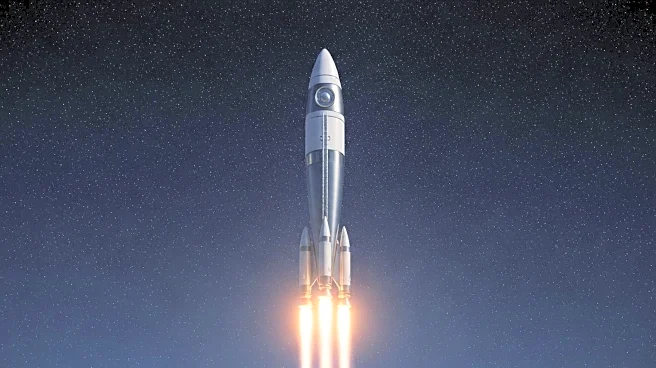What is the story about?
What's Happening?
The U.S. hotel industry experienced a slight downturn in performance for the week ending September 6, 2025, according to CoStar's latest data. The industry saw a 0.5% decrease in occupancy, resulting in a rate of 57.7%. The average daily rate (ADR) fell by 0.2% to $149.52, while revenue per available room (RevPAR) decreased by 0.7% to $86.20. Houston faced significant challenges, with occupancy dropping 12.4% to 49.8% and RevPAR plummeting 18.7% to $53.29, attributed to the aftermath of Hurricane Beryl in 2024. Conversely, St. Louis reported the highest increase in occupancy, rising 15.7% to 62.1%. San Francisco led in ADR and RevPAR growth, with increases of 10.4% to $188.17 and 24.7% to $128.70, respectively.
Why It's Important?
The mixed results in the U.S. hotel industry highlight the ongoing volatility in the market, influenced by external factors such as natural disasters. Houston's decline underscores the long-term impacts of Hurricane Beryl, affecting local tourism and hotel revenues. Meanwhile, the positive trends in St. Louis and San Francisco suggest potential recovery and growth opportunities in these markets. These fluctuations are crucial for stakeholders in the hospitality sector, as they navigate challenges and identify areas for strategic investment and development.
What's Next?
Hotel operators may need to reassess their strategies, focusing on resilience and adaptability to external shocks. Markets like Houston might explore recovery plans and promotional efforts to boost occupancy and revenue. Conversely, cities experiencing growth, such as San Francisco, could capitalize on their positive trends by enhancing guest experiences and expanding capacity. The industry will likely continue monitoring these metrics closely to inform future decisions.
AI Generated Content
Do you find this article useful?

















